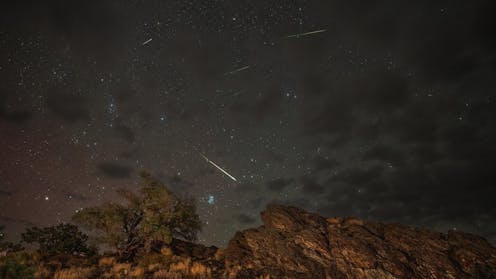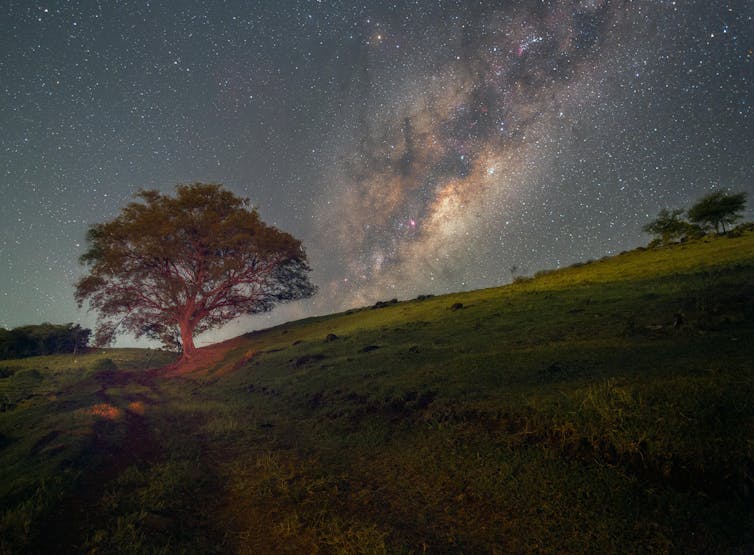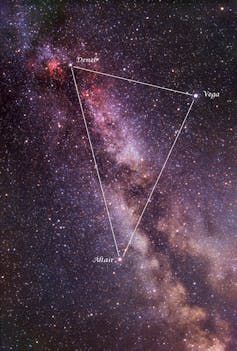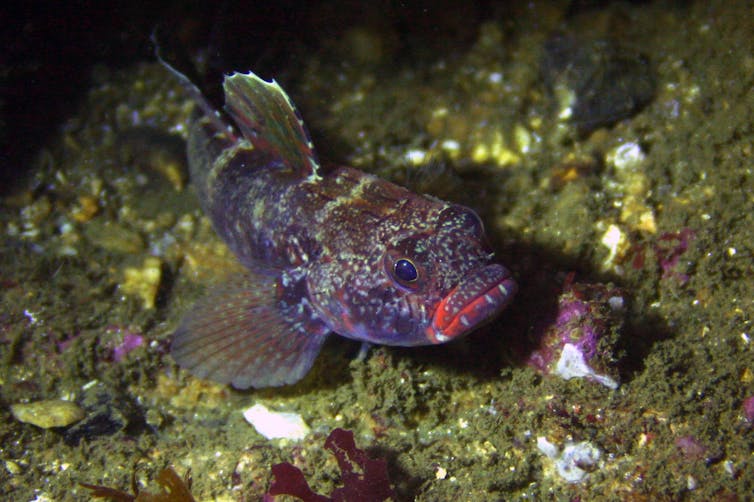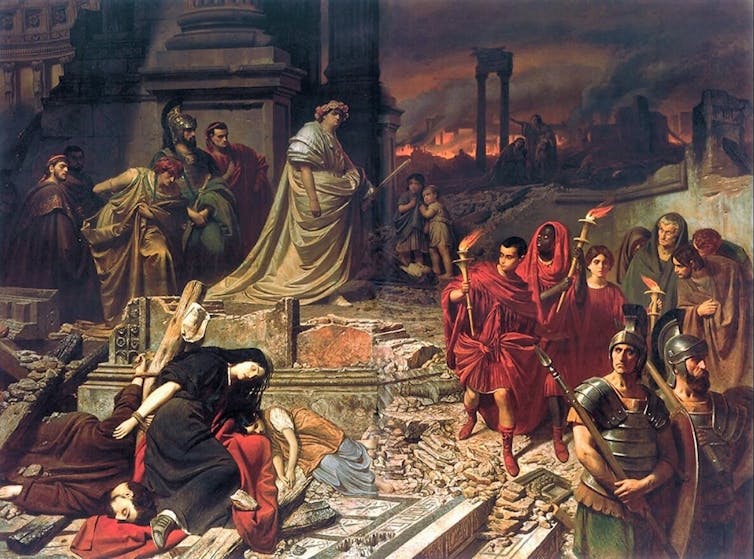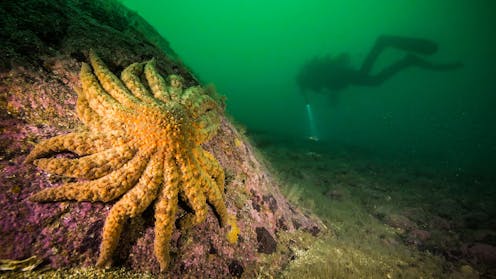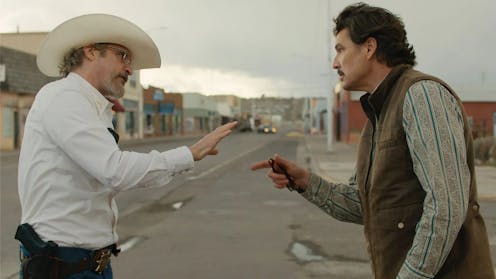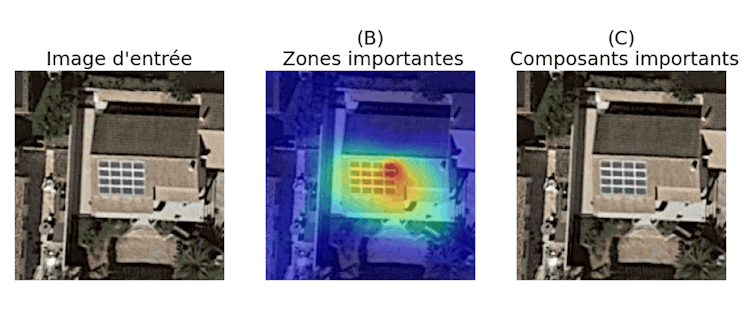Source: The Conversation – (in Spanish) – By Paloma Bravo-Fuentes, Profesora sustituta interina del área de Didáctica de la Expresión Musical, Universidad de Jaén
Vivimos rodeados de música. Nos acompaña en el supermercado, en el coche, mientras estudiamos, trabajamos o incluso, descansamos. Gracias a plataformas de escucha en streaming y redes sociales, nunca antes había sido tan fácil tener acceso a cualquier canción en cualquier momento. Sin embargo, ¿estamos realmente escuchando? ¿O simplemente dejamos que la música suene como un fondo más en nuestra vida saturada de estímulos?
Algunas investigaciones apuntan a que plataformas como Spotify fomentan una forma de escucha predominantemente pasiva. En lugar de elegir qué oír, muchos usuarios se limitan a escuchar listas de reproducción generadas algorítmicamente o diseñadas para ambientes específicos (como “música para estudiar”), lo que convierte a la música en un mero fondo sonoro. Esta práctica despoja a la música de su papel como objeto de atención, relegándola a un acompañamiento funcional que apenas requiere implicación emocional o cognitiva por parte del oyente.
Leer más:
¿Cómo socializamos con la música?
Muchos estudios han analizado cómo la era del streaming ha transformado nuestra relación con la música, instaurando un modelo de consumo fragmentado y efímero. La accesibilidad inmediata a millones de canciones no se ha traducido en una mayor profundidad de escucha, sino en una sobrecarga de disponibilidad que banaliza la experiencia auditiva. La música está más presente que nunca en nuestras vidas, pero es posible que la estemos escuchando menos atenta o reflexivamente.
Fragmentos virales en Tiktok
Este fenómeno se acentúa en redes sociales como TikTok, donde la música se convierte en un recurso visual y emocional al servicio de contenidos breves, pensados para captar la atención en apenas unos segundos. Los fragmentos musicales más virales suelen ser de apenas 15 o 30 segundos, y su función no es tanto ser escuchados como generar impacto inmediato, facilitar un reto viral o acompañar una coreografía, independientemente del contenido de las letras de las canciones que incluye.
Así, la música deja de ser un fin en sí mismo y se convierte en un medio para otros fines, lo que contribuye aún más a su descontextualización y a la pérdida de profundidad en la experiencia estética.
Leer más:
12 discos para escuchar en vacaciones sin hacer nada más
La escucha activa y la atención
En este contexto de abundancia musical y dependencia del algoritmo, la educación musical puede y debe ayudarnos a reaprender a escuchar de manera crítica y consciente. Escuchar críticamente no significa convertirnos en expertos, sino prestar atención activa a lo que oímos, reflexionar sobre las letras y entender el contexto cultural de cada canción.
Hoy más que nunca, es necesario cultivar esa escucha atenta. Las plataformas priorizan algoritmos que nos proponen canciones similares a lo que ya escuchamos, creando burbujas musicales que limitan nuestra exposición a la diversidad musical.
La importancia de la letra
Muchas canciones que triunfan en listas de éxitos incluyen letras que reproducen estereotipos de género, mensajes de violencia o modelos de relaciones tóxicas y que, sin embargo, consiguen viralizarse en las redes.
Leer más:
Diccionario para bichotes: Cómo evitar malentendidos al escuchar reguetón
La escucha crítica permite darse cuenta de estos contenidos y decidir de manera consciente si la queremos consumir y compartir.
Actividades para fomentar la curiosidad musical
En las aulas, la educación musical ofrece un espacio privilegiado para entrenar esta escucha activa. A través de actividades sencillas se puede fomentar en niños y jóvenes la curiosidad, el pensamiento crítico y el gusto estético musical.
Por ejemplo: analizar las letras de canciones que escuchan los propios alumnos y alumnas a diario, proponiéndoles identificar qué emociones transmiten, qué valores promueven y si existen estereotipos o mensajes problemáticos.
Otra opción consiste en comparar dos canciones que aborden un mismo tema (como el amor, el éxito o el cuerpo), pero desde perspectivas opuestas. A partir de esta comparación, se puede reflexionar sobre el impacto que sus mensajes pueden tener en quienes las escuchan, además de comprender distintas formas de narrar una misma realidad.
Escucha activa en casa
Esta tarea no es exclusiva de la escuela: también en casa podemos hacer el ejercicio de detenernos a escuchar con atención, conversar sobre lo que transmite una canción, e incluso descubrir nuevos géneros musicales.
Por ello, es fundamental ir más allá de la teoría y proponer ejemplos concretos que ayuden a ejercitar esta escucha activa, especialmente en relación con las letras de las canciones que consumimos de forma automática.
Leer más:
Los estudiantes no pueden vivir sin música: cómo acercar la que enseñamos a la que escuchan
Escuchar juntos una canción que les guste, leer su letra en voz alta y preguntarse qué dice realmente la canción (y si estamos de acuerdo con lo que plantea) permite abrir un espacio de conversación y desarrollo de la conciencia crítica sobre lo que se consume a diario a nivel musical. Esta toma de conciencia no busca censurar sino empoderar al oyente para decidir qué música quiere incorporar en su día a día.
En definitiva, aprender a escuchar en este mundo saturado de música es una habilidad valiosa que permite disfrutar de lo que oímos y desarrollar un pensamiento crítico en un entorno donde muchas veces simplemente oímos pero no escuchamos.
![]()
Paloma Bravo-Fuentes no recibe salario, ni ejerce labores de consultoría, ni posee acciones, ni recibe financiación de ninguna compañía u organización que pueda obtener beneficio de este artículo, y ha declarado carecer de vínculos relevantes más allá del cargo académico citado.
– ref. ¿Escuchar música o tenerla de fondo? La educación musical en tiempos de ‘streaming’ – https://theconversation.com/escuchar-musica-o-tenerla-de-fondo-la-educacion-musical-en-tiempos-de-streaming-262577


